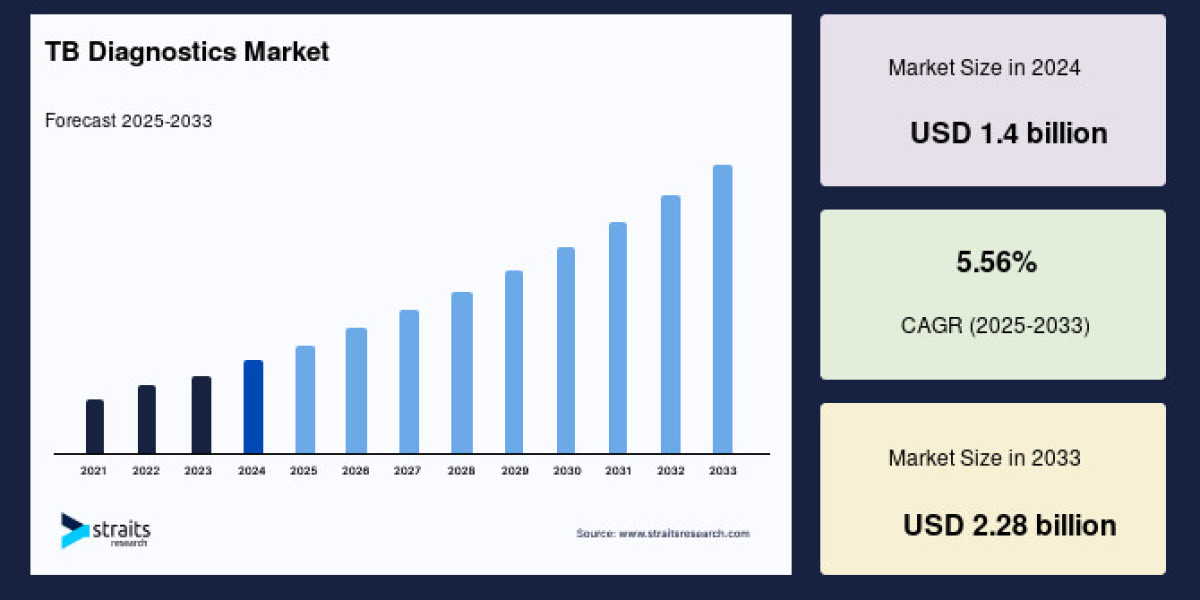The Programmable DC Power Supply Market is witnessing substantial growth as industries increasingly demand precision, reliability, and efficiency in their electronic testing and industrial applications. This market is driven by the rising adoption of programmable power supply systems across sectors such as telecommunications, automotive, and consumer electronics, where consistent and controlled power output is critical.
In addition to traditional applications, innovations in automation and smart technologies are further fueling demand. For instance, the Smart Construction Market is increasingly integrating advanced programmable DC power systems to enhance construction equipment efficiency and safety standards. Similarly, emerging markets like the Japan Smart Watch Market rely on high-precision power supplies to support development and testing of wearable electronics.
Key Drivers of Market Growth
Technological Advancements: Modern programmable DC power supplies offer multifunctionality, high stability, and real-time monitoring, making them indispensable in research laboratories and manufacturing plants.
Rising Electronics Industry Demand: The surge in consumer electronics, electric vehicles, and renewable energy solutions is significantly boosting the need for efficient and scalable programmable power supply solutions.
Industrial Automation: Industries are increasingly automating their production lines, requiring programmable DC power sources for seamless operation, energy management, and safety compliance.
Global Expansion: Adoption is increasing across APAC, Europe, and North America, with significant growth opportunities in emerging economies due to industrial modernization and smart city initiatives.
Market Segmentation
The market is broadly segmented based on application, end-user, and power rating. Key segments include:
Application: Testing and measurement, industrial processes, renewable energy, and research & development.
End-User: Automotive, electronics, telecommunications, and medical devices.
Power Rating: Low, medium, and high-voltage DC supplies, catering to both small-scale and large industrial requirements.
Regional Outlook
APAC leads the market owing to rapid industrialization, growing electronics manufacturing hubs, and government initiatives promoting smart technologies. Europe and North America maintain steady growth with high adoption in research labs and industrial sectors.
Emerging Trends
Integration of IoT and AI for smarter programmable DC power management.
Compact and modular designs for portable testing equipment.
Increasing collaboration between power supply manufacturers and smart technology developers for cross-industry innovation.
Conclusion
The programmable DC power supply market is set to experience robust growth in the coming years, driven by technological advancements, industrial automation, and expanding applications in smart and consumer electronics. The market offers lucrative opportunities for both established players and new entrants seeking to innovate in power management solutions.
FAQs
Q1: What is a programmable DC power supply?
A programmable DC power supply is an electronic device that provides adjustable voltage and current outputs with precise control, often used for testing, research, and industrial applications.
Q2: How is the programmable DC power supply market linked to smart technologies?
Programmable DC power supplies are integral to smart systems in construction, wearable electronics, and industrial automation, ensuring efficiency, safety, and performance.
Q3: Which regions are expected to lead the market growth?
APAC is anticipated to lead due to industrialization and smart city initiatives, while Europe and North America show steady growth in research and industrial applications.














